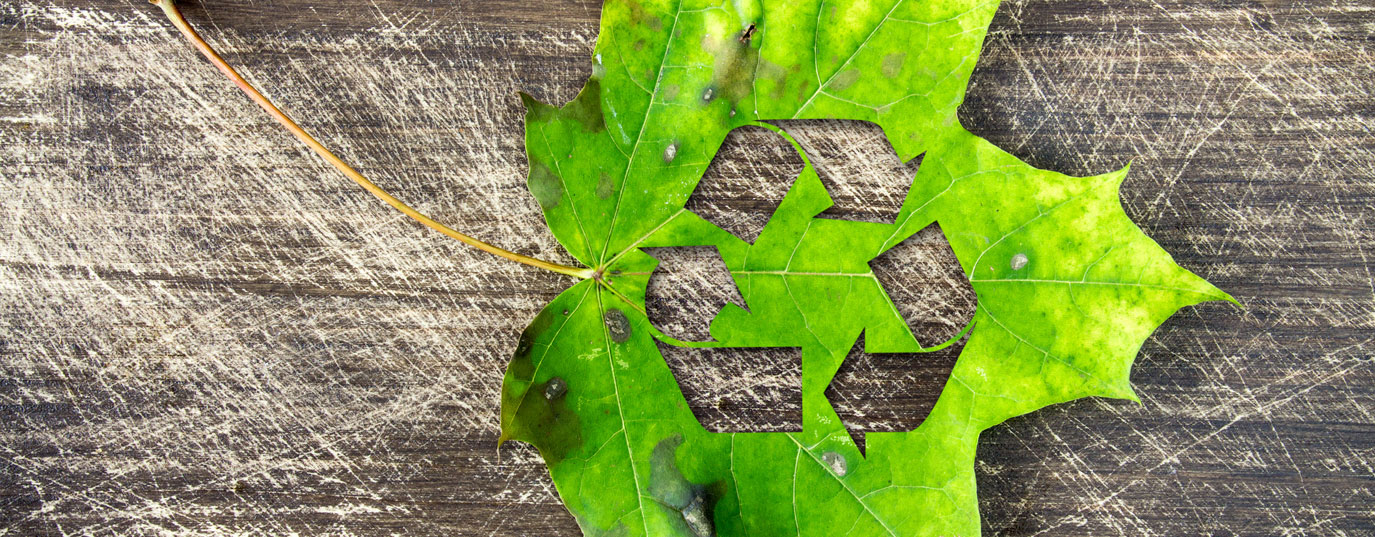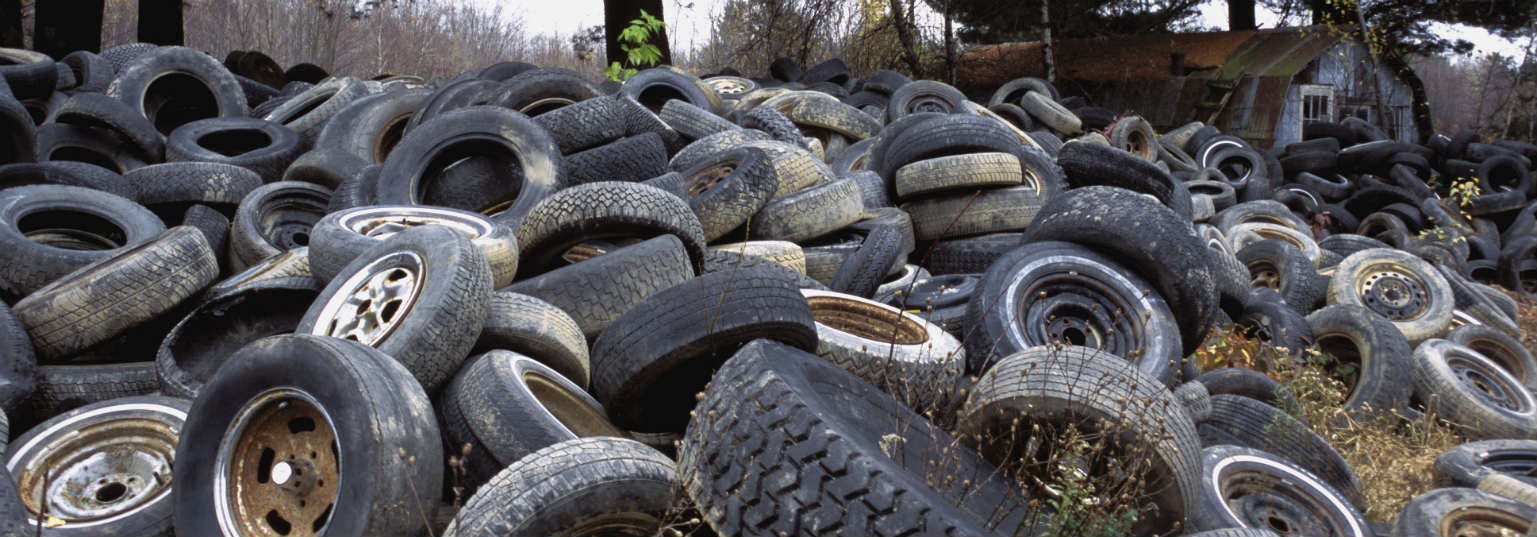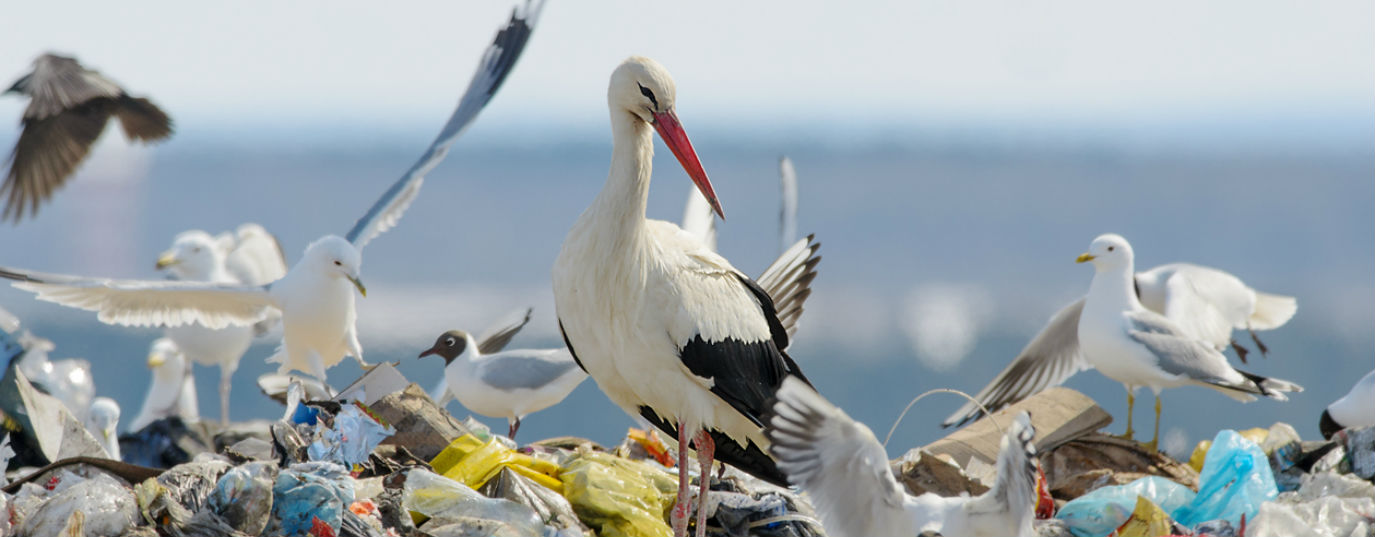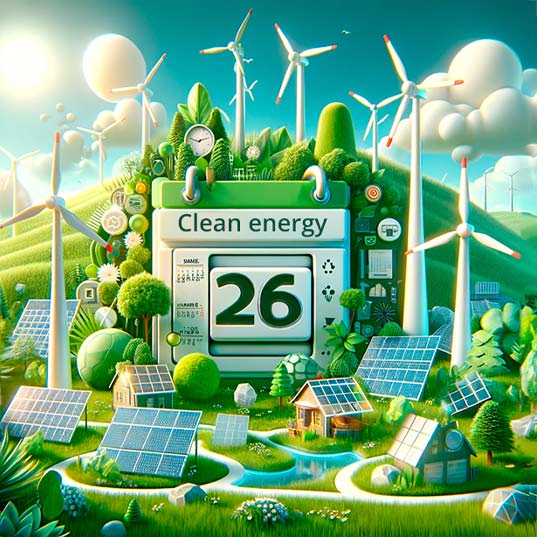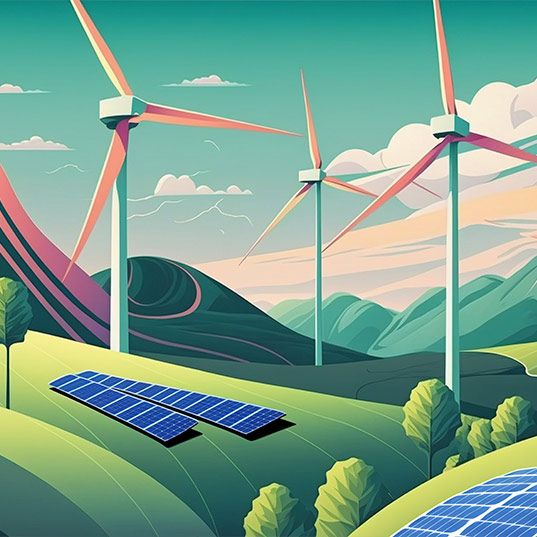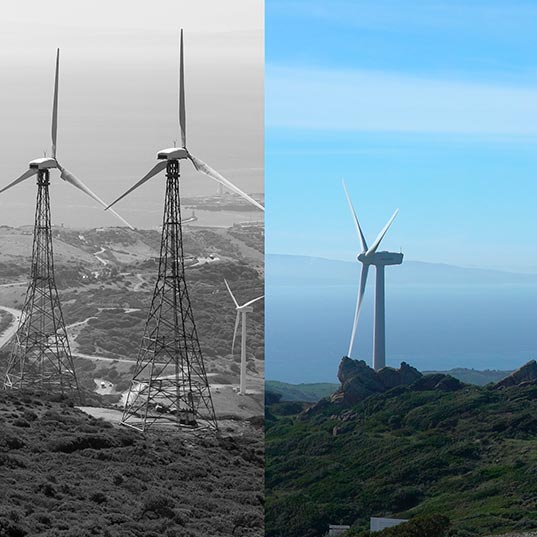Circular economy in waste management: waste-to-energy plants
There is an advanced solution that not only processes waste but generates electricity and heat. These are waste-to-energy plants.
It's as if our rubbish disappears by magic when we use communal recycling bins. An increasing percentage of this waste is fortunately being recycled, but most of it does in fact end up in landfills.
The EU's ambitious target is to recycle 65 % of all waste by 2030 in addition to encouraging composting, since 2 billion tonnes of waste is generated worldwide every year. But there is still much to be done.
Landfills: a major problem for the environment
Landfills currently hold around 40 % of the world's waste and the 50 largest sites affect the daily lives of 64 million people. Landfills are extremely harmful to the environment for these reasons in particular:
- They contaminate aquifers: The waterproofing membranes sometimes break, which contaminates the groundwater.
- They generate emissions: Landfills emit methane and carbon dioxide — greenhouse gases that contribute to global warming.
- They disturb the ecosystem: Landfills interfere with fauna feeding and bird migration.
Now, however, there is a more advanced solution that not only processes waste but generates electricity and heat for heating systems. These are waste-to-energy plants
Alternatives to landfill for waste
What are waste-to-energy plants exactly? Waste-to-energy plants are a more efficient and advanced type of waste management plant. Waste that comes to waste-to-energy plants is otherwise difficult to recycle and discarded from other plants. Some of the organic waste that arrives can be used to generate biofuels and, then, along with the rest of the materials, a thermal treatment is normally applied, which produces minimal emissions thanks to technological advances. Selective non-catalytic reduction systems that inject urea are used to reduce nitrogen oxide emissions and an emission cleaning system is used to reduce pollutants.
The heat generated produces steam that drives a turbine to generate electricity. Finally, the waste from this process is used to manufacture recycled materials, such as tarmac mixtures.
Waste-to-energy plants are one of the best options for non-recyclable waste. Although, the challenge of the future is to design sustainable products so that, one day, even these plants will not be needed.
Avoiding waste, the best option for the planet
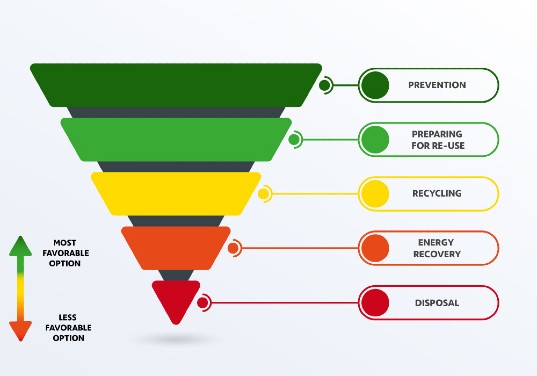 Rather than focusing so much on how to tackle waste management, the urban waste problem should first address the generation of the waste itself.
Rather than focusing so much on how to tackle waste management, the urban waste problem should first address the generation of the waste itself.
The European Union has in fact introduced a new directive on waste management standards (in relation to recycling, packaging and disposal), where the primary objective is to promote a shift towards a more sustainable circular economy model.
One of the most visible and imminent implementation measures is the ban on certain single-use plastics by 2021. In addition to this, the EU has also established a waste management hierarchy that favours prevention and recovery. According to the hierarchy, the best option for the planet is prevention, i.e. the best waste is no waste
Source: Parlamento Europeo, Compostadores


